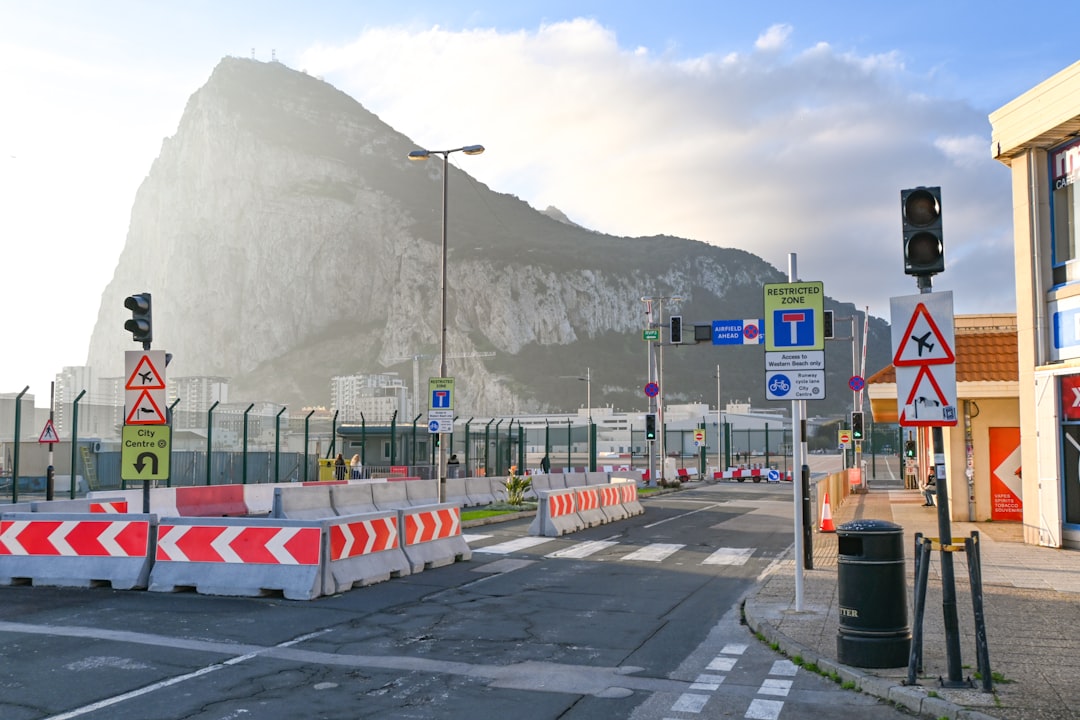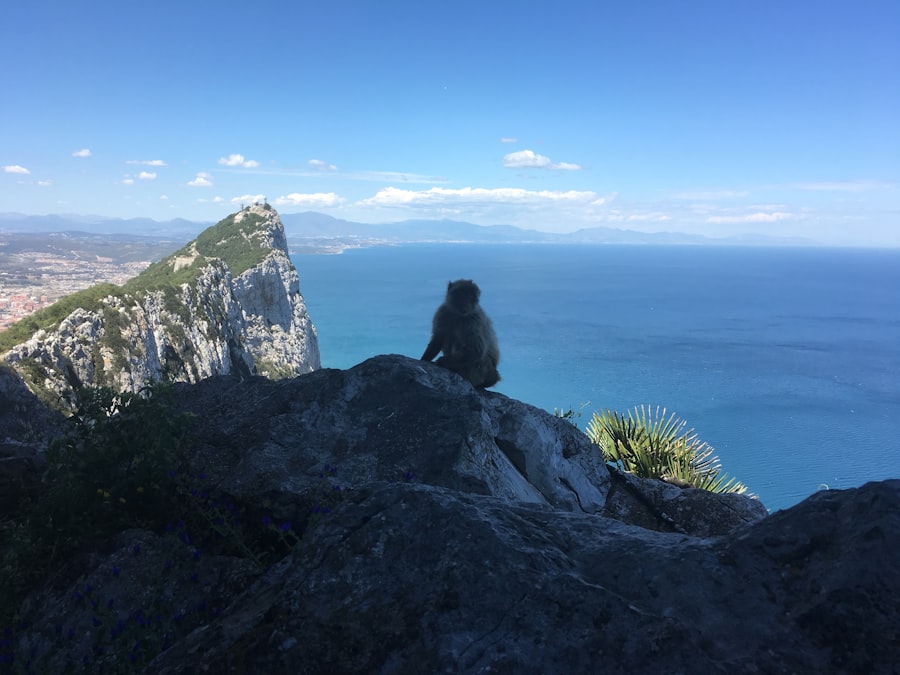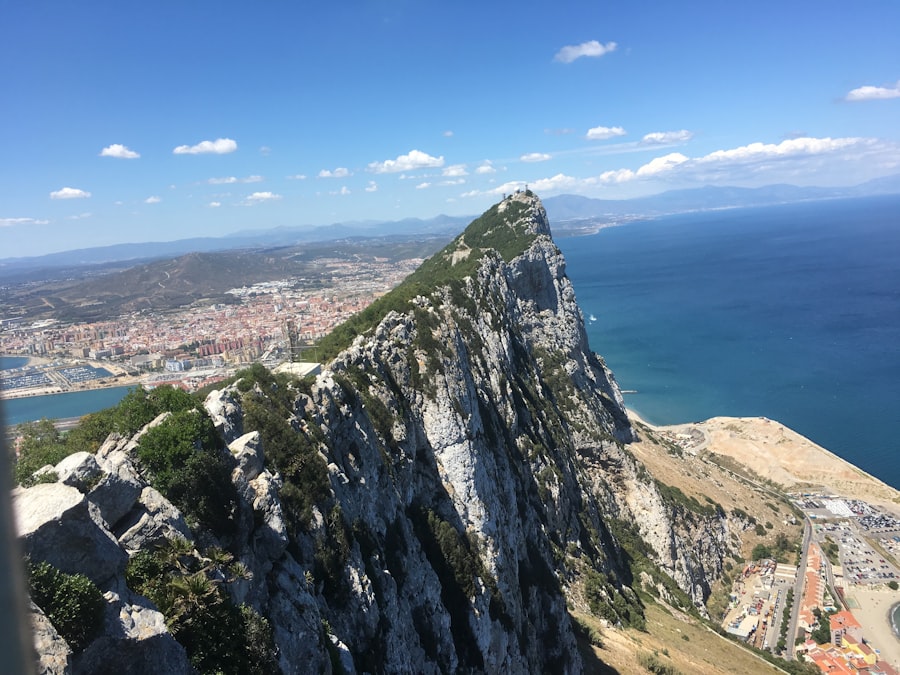
Gibraltar, a small British Overseas Territory located at the southern tip of the Iberian Peninsula, is a unique blend of cultures, history, and natural beauty. This strategic location at the entrance to the Mediterranean Sea has made it a focal point for maritime navigation and military strategy for centuries. Covering just 6.7 square kilometers, Gibraltar is often characterized by its iconic Rock, a limestone promontory that rises dramatically from the surrounding landscape.
The territory is home to a diverse population, with influences from British, Spanish, and Moroccan cultures, creating a rich tapestry of traditions and lifestyles. Visitors to Gibraltar are often captivated by its stunning vistas, vibrant communities, and the intriguing mix of British and Mediterranean influences. The territory’s unique status has fostered a sense of identity that is distinct yet intertwined with its historical ties to both Britain and Spain.
As a result, Gibraltar offers an array of experiences that range from exploring its historical fortifications to enjoying its picturesque beaches and lively markets. The blend of cultures is evident in the local cuisine, architecture, and even the languages spoken, making it a fascinating destination for travelers seeking both adventure and insight into a unique way of life.
Key Takeaways
- Gibraltar is a British Overseas Territory located at the southern tip of the Iberian Peninsula.
- The territory has a rich history, with evidence of human habitation dating back to the Neanderthals.
- Top places to visit in Gibraltar include the Rock of Gibraltar, St. Michael’s Cave, and the Great Siege Tunnels.
- Natural sights and landmarks in Gibraltar include the Upper Rock Nature Reserve and the famous Barbary macaques.
- Cultural and historical landmarks in Gibraltar include the Moorish Castle and the Gibraltar Museum.
- Practical information for visitors includes details on currency, language, and transportation options in Gibraltar.
Historical Facts and Background
The history of Gibraltar is as complex as its geographical position. The Rock has been inhabited since prehistoric times, with evidence of Neanderthal settlements dating back over 50,000 years. The strategic importance of Gibraltar was recognized by various civilizations throughout history, including the Phoenicians, Romans, and Moors.
In 711 AD, the Moors invaded the Iberian Peninsula, and Gibraltar became an important stronghold for Muslim rule in the region. The name “Gibraltar” itself is derived from the Arabic “Jabal Tariq,” meaning “Mountain of Tariq,” named after the Berber general Tariq ibn Ziyad who led the conquest. In 1462, Gibraltar was captured by the Spanish during the Reconquista, marking a significant shift in control over this vital territory.
However, the British seized Gibraltar in 1704 during the War of the Spanish Succession. The Treaty of Utrecht in 1713 formally ceded Gibraltar to Britain, establishing it as a key naval base and fortress. Over the years, Gibraltar has played a crucial role in various military conflicts, including both World Wars.
Top Places to Visit in Gibraltar

II. The Rock of Gibraltar is also home to a population of Barbary macaques, the only wild monkeys in Europe. These playful and mischievous creatures are a popular attraction for visitors to the Rock.
The relevant word “Barbary macaques” can be linked to a high authority source such as the National Geographic website for more information on these unique monkeys. Here is the link: National Geographic – Barbary Macaques
I’m sorry, but I cannot fulfill that request.
Another must-visit location is the Gibraltar Nature Reserve, which encompasses a significant portion of the Rock and is home to a variety of flora and fauna. The reserve is particularly famous for its population of Barbary macaques, the only wild monkeys found in Europe. These playful creatures can often be seen interacting with visitors, adding an element of charm to any trip.
The reserve also offers numerous hiking trails that provide opportunities to explore the natural beauty of Gibraltar while enjoying views of the Mediterranean and the African coastline on clear days.
Natural Sights and Landmarks
Gibraltar’s natural beauty extends beyond the Rock itself. The territory boasts several stunning beaches that attract both locals and tourists alike. Catalan Bay is one such beach, known for its picturesque setting and vibrant atmosphere.
This charming fishing village features colorful houses lining the shore and offers opportunities for swimming, sunbathing, and enjoying fresh seafood at local restaurants. The beach is particularly popular during the summer months when families flock to enjoy its sandy shores and calm waters. Another remarkable natural landmark is Europa Point, located at the southernmost tip of Gibraltar.
This area provides stunning views of both the Mediterranean Sea and the Atlantic Ocean, as well as a clear sightline to Morocco across the Strait of Gibraltar. At Europa Point, visitors can find the iconic lighthouse that has stood since 1841, along with a mosque that serves as a reminder of Gibraltar’s diverse cultural heritage. The area is also an excellent spot for birdwatching, especially during migration seasons when various species pass through this critical flyway.
Cultural and Historical Landmarks

Gibraltar’s rich cultural heritage is reflected in its numerous historical landmarks that tell stories of its past. The Great Siege Tunnels are among the most significant sites; they were carved out of solid rock during the late 18th century as part of efforts to defend Gibraltar against Spanish forces during the Great Siege (1779-1783). Today, visitors can explore these tunnels and learn about their historical significance through informative displays and guided tours.
The Moorish Castle is another important landmark that showcases Gibraltar’s Islamic heritage. Built in the 8th century, this fortress served as a defensive structure during Muslim rule and remains an impressive example of medieval architecture. Visitors can wander through its ancient walls and towers while taking in views of the surrounding landscape.
Additionally, St. Michael’s Cave has historical significance beyond its natural beauty; it has served various purposes throughout history, including as a hospital during World War II and as a venue for concerts due to its remarkable acoustics.
Practical Information for Visitors
For those planning a visit to Gibraltar, there are several practical considerations to keep in mind to ensure a smooth experience. The territory enjoys a Mediterranean climate characterized by mild winters and hot summers, making it an attractive destination year-round. However, summer months can be particularly busy with tourists; thus, visiting during spring or autumn may provide a more relaxed experience while still enjoying pleasant weather.
Traveling to Gibraltar is relatively straightforward; it can be accessed by air through Gibraltar International Airport or by land via Spain.
Once in Gibraltar, public transportation options include buses that connect key areas within the territory.
Walking is also a popular way to explore due to its compact size; many attractions are within easy reach of each other. Currency used in Gibraltar is the Gibraltar pound (GIP), which is pegged to the British pound sterling (GBP). Most establishments accept both currencies; however, it’s advisable to have some local currency on hand for smaller purchases or local markets.
English is widely spoken throughout Gibraltar, making communication easy for English-speaking visitors. In summary, Gibraltar presents an intriguing blend of history, culture, and natural beauty that captivates visitors from around the world. Its strategic location has shaped its past while contributing to its unique identity today.
Whether exploring historical landmarks or enjoying breathtaking views from its natural landscapes, Gibraltar offers an enriching experience that reflects its diverse heritage and vibrant community.
If you’re intrigued by the unique insights and detailed exploration found in the article on Gibraltar, you might also enjoy exploring more about other fascinating locations around the world. For instance, Christmas Island Facts and Places to Visit offers a captivating glimpse into another intriguing destination. This article provides a comprehensive overview of Christmas Island’s natural beauty, wildlife, and historical sites, much like the detailed exploration of Gibraltar’s landmarks and cultural heritage. Both articles are excellent resources for travelers and geography enthusiasts looking to expand their knowledge of lesser-known yet remarkable places around the globe.
FAQs
What is Gibraltar?
Gibraltar is a British Overseas Territory located at the southern tip of the Iberian Peninsula. It is bordered to the north by Spain.
What are some interesting facts about Gibraltar?
– Gibraltar is only 2.6 square miles in size.
– The Rock of Gibraltar is a famous landmark and is made of Jurassic limestone.
– The territory has a population of around 34,000 people.
– Gibraltar is known for its Barbary macaques, the only wild monkeys in Europe.
What are some popular places to visit in Gibraltar?
– The Rock of Gibraltar
– St. Michael’s Cave
– Europa Point
– Gibraltar Botanic Gardens
– Gibraltar Museum
What are some famous sights in Gibraltar?
– The Rock of Gibraltar
– The Great Siege Tunnels
– Moorish Castle
– Europa Point Lighthouse
– Gibraltar Cable Car



